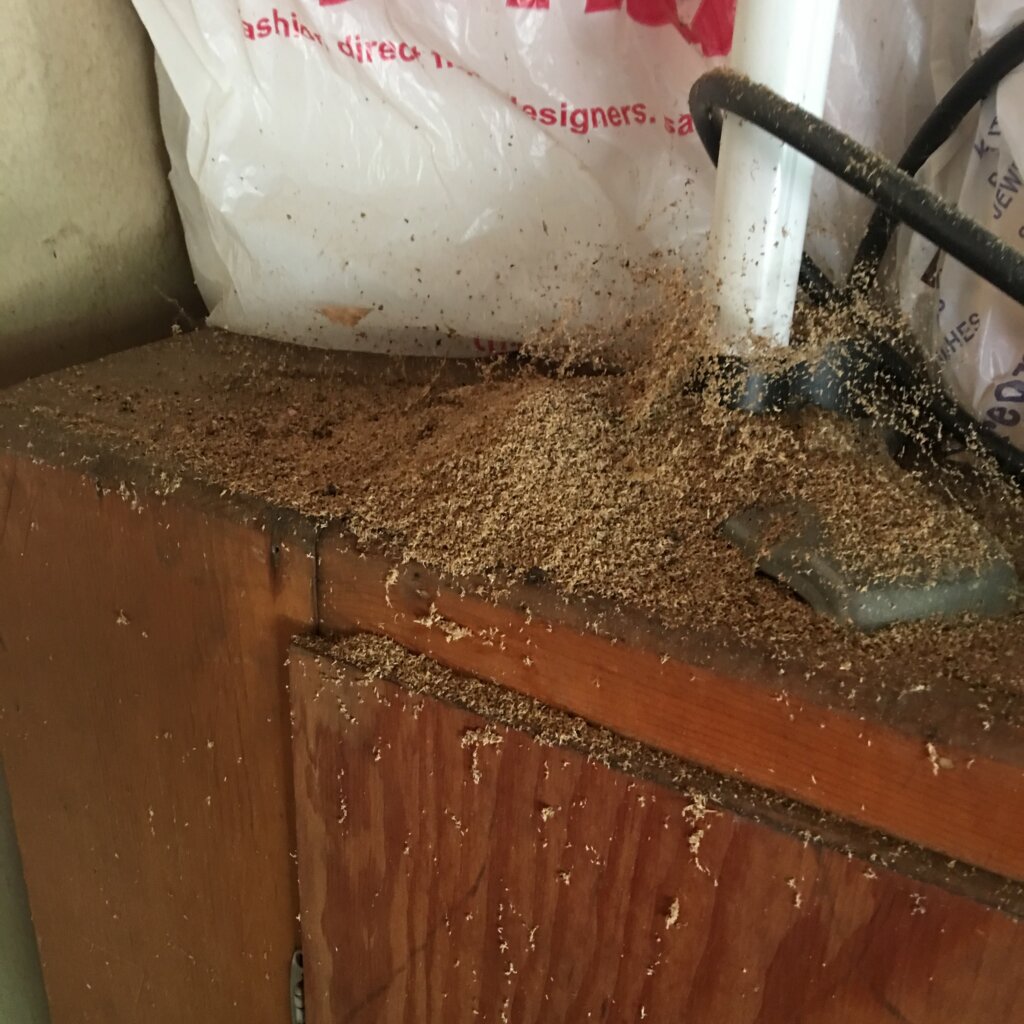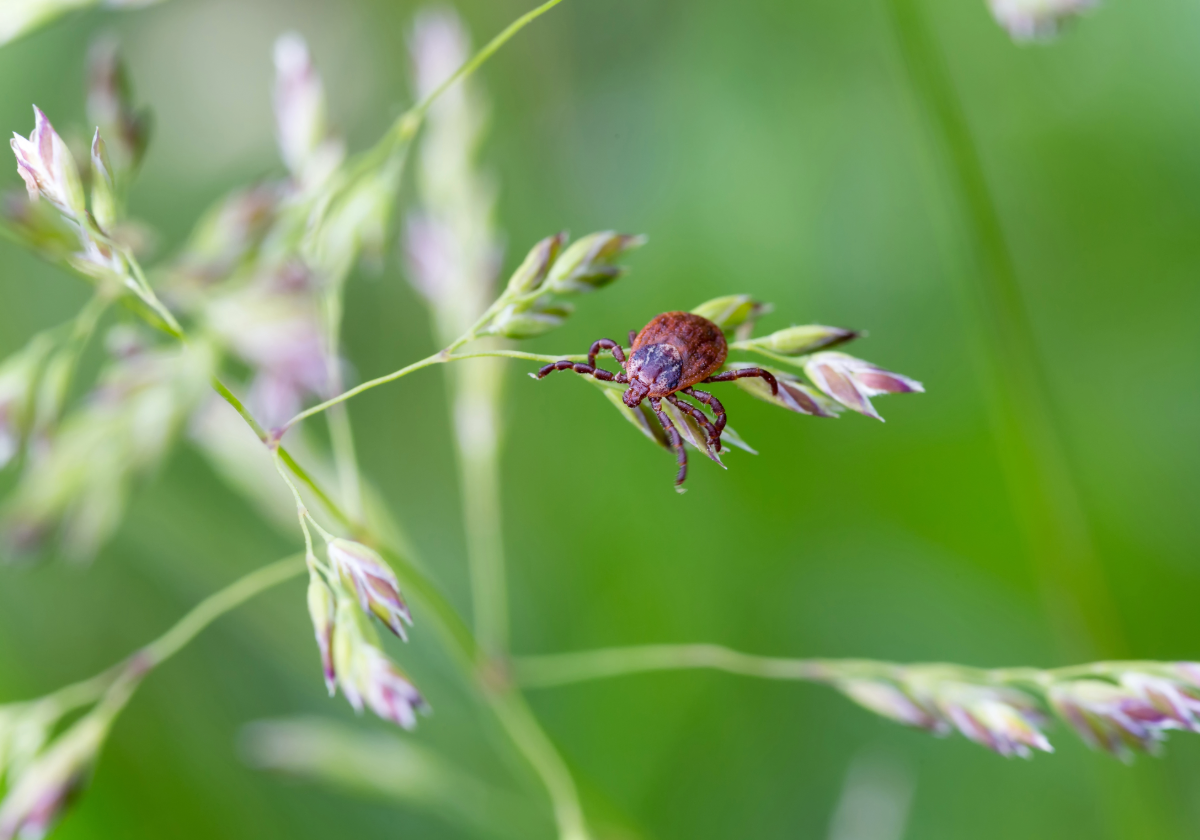
There are a lot of things that can damage a home. Water can get into gaps and cracks and cause wood rot and mold to take root over time. Yearly attacks from snow and ice can wreck your roof and damage your roofline. The sun can dry out your siding and cause the colors to fade. But the worst threat to your equity isn’t the weather. It’s the nearly endless number of bugs and rodents that live around your home. And, in our Minnesota service area, one of the worst pests we deal with are carpenter ants. Not that they are more invasive or more destructive than other pests. What makes them a pernicious pest is the way they damage a home. Carpenter ants don’t chew on the outside of your wood, where you can see them and stop them; they chew on the inside of your wood. And, if you don’t know what warning signs to look for, they can do this for years. Here’s what every homeowner should know about carpenter ants.
How To Know You Have Carpenter Ants
Stage One:
Hopefully, this is the stage in which you detect these wood-destroying pests. When they first get in, they are going to send workers out to find food. If you see one of these worker ants, it is important to recognize it as a warning sign. Carpenter ants are not likely to raid your pantry and cabinets for food. They have a wide range of foods they can eat, and many of those foods are easier to acquire outside of your home. That means you’re only likely to get one or two scouts walking around in your home, even if you have a large infestation.
Identification is key. Carpenter ants (camponotus pennsylvanicus) are the largest ants that get into homes. They’re black. And they have a single node between the thorax and abdomen. You might be tempted to confuse them with pavement ants, which are also black. But pavement ants are around ⅛ of an inch and carpenter ants are around ⅝ of an inch.
Stage Two:
Once carpenter ants establish a nest, you may see stage two. This is the appearance of sawdust (frass) underneath the kickout holes that lead into their tunnels. Carpenter ants don’t eat wood, like termites. They chew it and push it out.


Frass may be found in crawl spaces around your home in basement areas, garage spaces, window sills, decks, and secluded locations. It may be stuck to the walls underneath the kickout holes or piled up on surfaces.
Stage Three:
Often mistaken for stage one, this is the most obvious warning sign that you have carpenter ants. When flying ants appear on your window panes–even on the outside–it is usually a sign that you have a mature carpenter ant nest on your property. You may be tempted to use a vacuum to get rid of them and then shrug the whole incident off. But you shouldn’t. Carpenter ant swarmers are male and female reproductives sent out from a mature nest with one purpose: establish more nests.

Stage Four:
This is the worst stage of all. When carpenter ants go untreated, they can cause supports to weaken and framing to warp. This leads to stuck doors, stuck windows, slopey floors, sinking ceilings, and bulging walls. Don’t let this be the way you find out you have carpenter ants in your home.
What To Do If You See Signs Of Carpenter Ants
These are hard pests to get rid of. And, if you don’t get them all, you may continue to have damage done to your home. We highly recommend calling a professional pest control company–and not just because we’re a pest control company. We’ve heard too many stories of carpenter ant destruction. With the help of a trained pest control technician, this issue will be properly addressed, and you won’t have to wonder if the ants are still in there, eating away at your equity.
A home is one of the largest investments a family will make. Protect your investment from carpenter ants by reaching out to Adam’s Pest Control. Protecting health and property is what we do. Sign up for your free estimate, and let’s get started.
For more information or to get a quote on an ant service, visit: More Information On Carpenter Ants And Ant Solutions



